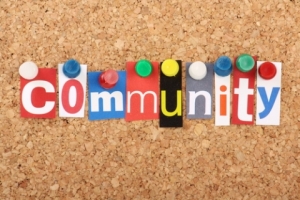One of the first books on my list to book talk this fall is Kate Messner’s engaging All the Answers. The main character Ava is a worrier. Her fears often get in the way of showing others the vibrant person she truly is on the inside. In truth, most of us let a fear get in the way now and again.
For middle school students life is often about risk and reward. Where do I fit in? What will happen if I step outside my comfort zone? What defines me? These are heady questions for 11-14 year olds. A great way to broaden student thinking about how people deal with these questions is relating the well-crafted fiction they read with real life stories.
CBS Sunday Morning ran a story on July 19th about a woman in New York who set out to conquer 100 fears in 100 days. Like Ava, she is a worrier. For a class at New York’s School of Visual Arts, Michelle Poler created a 100 day project to address something most of us experience: fear.
Michelle flew on a trapeze, held a tarantula and a snake, fried food and even jumped out of an airplane. Not surprisingly, what Michelle found was she had the strength inside all along. The point of this story dovetails nicely with Kate Messner’s message in All the Answers (although Michelle’s real life story lacks the magic pencil in All the Answers that will hook my students!). But, as students reflect on Messner’s book they can see a real life example in action, allowing them to come one step closer to addressing their own fears.
This summer I am consciously looking for real world connections to the books my students read…and the connections are everywhere! My goal is to start the year with a long list of paired texts. So far, my list includes poetry, news clips, articles, podcast stories, environmental print and music.
To build the list, I must be very intentional and read broadly…something I ask my students to do! My car rides are filled with NPR, I look at newspapers and magazine with an eye toward connections and I seek out sources from friends.
As a lovely silver lining, the connection between my personal reading and the stories around me is becoming more and more organic. This is a useful skill for students of any age.


